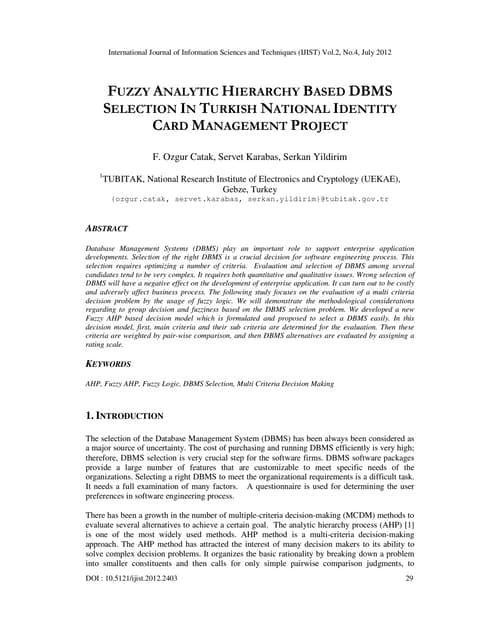Siber GĂĽvenlik ve Yapay Zeka
- 4. •  Kritik ulusal altyapılar –  Finans (Akbank Swift Saldırısı – 4 Milyon $) –  Enerji –  Ulaştırma •  Sık Sık güncellenmeyen eski yapılar Siber Tehditlerin Hedefleri 4
- 5. Stuxnet 5
- 7. Flame 7
- 8. Ransomware: Petya •  MS17-010 açıklığı sömürülmesi •  Ağ paylaşımları ile kendini kopyalama •  Fidye: Dosyaların şifrelenmesi ve açma için para (bitcoin) istenmesi 8
- 9. •  Hedef –  Sunucu/Bilgisayar –  Ağ bileşenleri –  Uygulamalar –  Web Siteleri •  Yaklaşım –  Band Genişliği •  Kurallara uygun olmayan yüksek trafik isteği –  Bağlantı •  CPU/Memory Kaynaklarını tüketme •  Yüksek bağlantı isteği •  Sonuç –  Hizmet dışı kalma Dağıtık Servis Dışı Bırakma Saldırıları (DDoS) 9
- 13. Zararlı Yazılım Gelişimi 13 1987 Encrypted Oligomorphic 1990 Polymorphic 1998 Metamorphic 2000s
- 14. •  Oligomorphic: Malware, orijinal içeriğinin kilidini açmak için şifre çözme anahtarı (decryption key) kullanılır. •  Polymorphic: şifre çözme anahtar sayısı oldukça fazla –  Çok fazla variant mevcut (Propogation Aşaması) –  İmza tabanlı analiz yöntemleri veya Statik analiz yöntemleri işe yaramaz Oligomorphic and Polymorphic Mutation 14
- 16. •  Yapay Zeka •  Yüksek boyutlu veri içeren sistemler üzerinde kural tabanlı SIEM sistemleri yeterli değil •  Verinin toplanması ve Normal davranışın elde edilmesi –  Data Boundry –  One-class classification Çözüm 16
- 18. •  Zararlı ağ trafiğinin analiz edilmesi –  Model değerlendirme. Precision & Recal & F1 –  PCAP: Ağ trafiğinin kayıt edilmesi –  Nitelik Çıkarımı –  Çatak, Ferhat Özgür. "Topluluk Yöntemlerine Dayalı Dağıtık Hizmet Dışı Bırakma Saldırılarının Algılanması." Süleyman Demirel Üniversitesi Fen Bilimleri Enstitüsü Dergisi (2017): DOI-10. Zararlı Ağ Trafiği – Topluluk Yöntemleri 18
- 19. •  Zararlı ağ trafiğinin analiz edilmesi •  Çatak, Ferhat Özgür. "Derin Öğrenme Teknolojileri Kullanarak Dağıtık Hizmet Dışı Bırakma Saldırılarının Tespit Edilmesi." 5. Yüksek Başarımlı Hesaplama Konferansı (2017) –  PCAP –  Nitelik Çıkarımı –  Derin Öğrenme •  Keras, Tensorflow Zararlı Ağ Trafiği – Deep Learning 19
- 20. •  Çalışma devam ediyor –  İşletim sistemi çağırımları (API Calls) –  Text Mining yöntemleri –  Deep Learning yöntemlerinden LSTM Zararlı Yazılım Davranış Analizi 20


















































